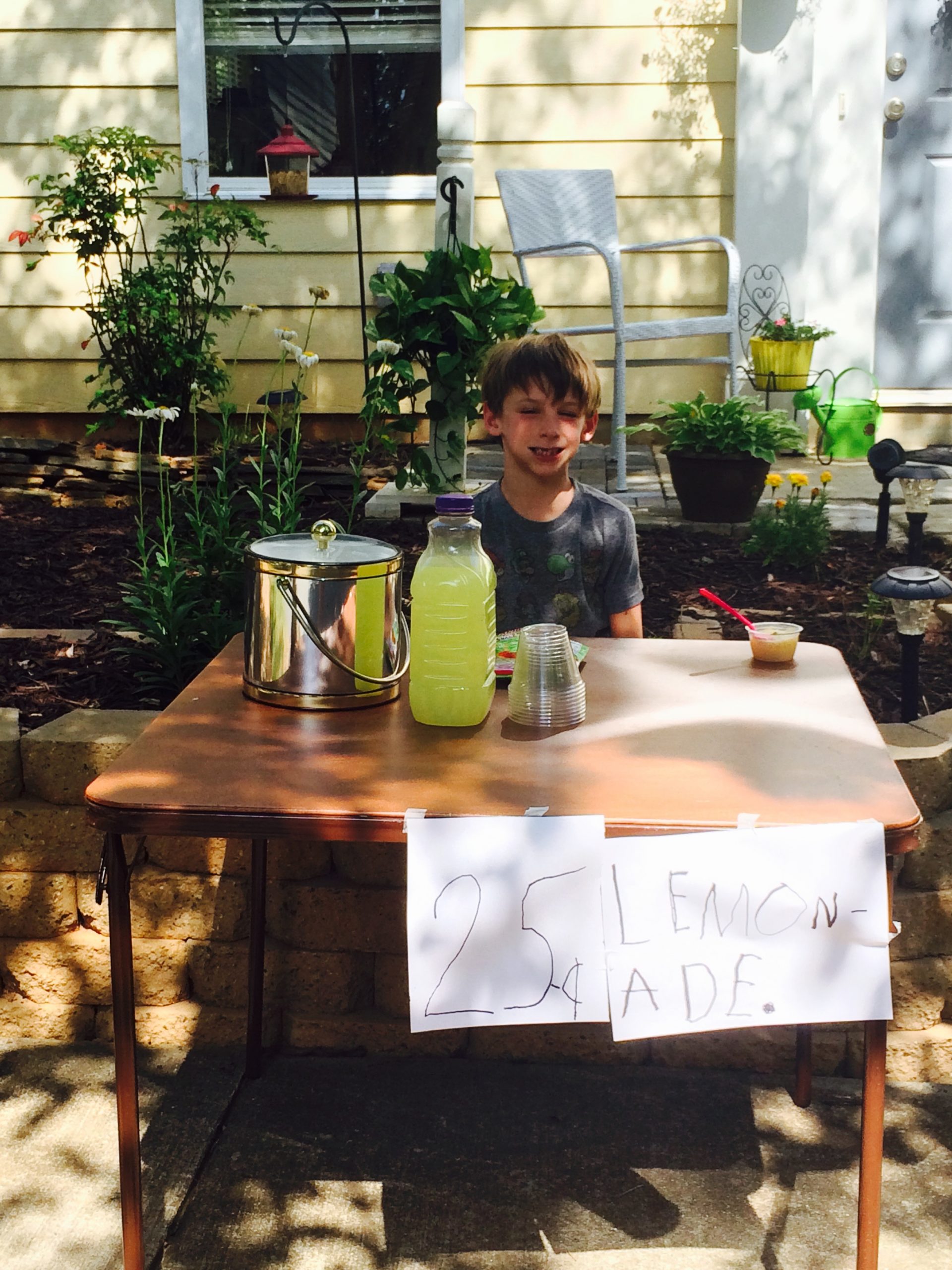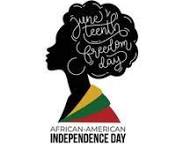The research that exists on the teaching approaches of both inquiry and direct instruction methods give favorable reviews. However, research on direct instruction shows some skepticism that it hinders the theory of the early childhood classroom where children learn best through discovery.
How DI works
Direct instruction (DI) is the method of a straightforward, explicit technique used to teach a specific skill. It is teacher directed. The teacher stands in front of a classroom and presents the information. The DI framework follows “I see, we see, you see – I say, we say, you say” as a form of instruction.
• The I Say sets the stage for learning and models the expected outcomes.
• The We Say involves the teacher monitoring and engaging students with assigned tasks. The conclusion of the lesson is with the teacher highlighting what was covered.
• You Say provides learning tasks for independent practice and assessing pupil progress.
There are teachers that prefer to use direct instruction because of its organized way of teaching. It involves no group activities and no experiments.
Designed by Siegfried Englemann and Wesley C. Becker, the original purpose of direction instruction is to help the disadvantaged public schools. It is probably the oldest form of teaching with a focus on reading instruction.
Disadvantages
The disadvantage of direct instruction is that it involves rote memorization. This way of learning gives way to the possibility of forgetting facts. Rote memorization does not allow for building or connecting prior knowledge. There is no discovery on the child’s part. The teacher owns the knowledge, not the students.
When an unprepared teacher uses direct teaching, the results can be disastrous. Teachers that use this method must have a complete mastery of the subject matter, a well-organized teaching plan, and excellent communication skills. There is no improvising with this step-by-step method.
A variety of methods of instruction
Is one method of instruction better than the other? One-size does not fit all. Students do not all come to school with the same intelligence or the same learning styles. Some educators favor an orderly approach and others favor groups of students working together. But, it’s not about the educator; it’s about the student and the learning. When using a mixed approach of techniques and strategies, students enjoy the positives of direct teaching and child centered approaches. A well-balanced educational atmosphere is best.
![]()


